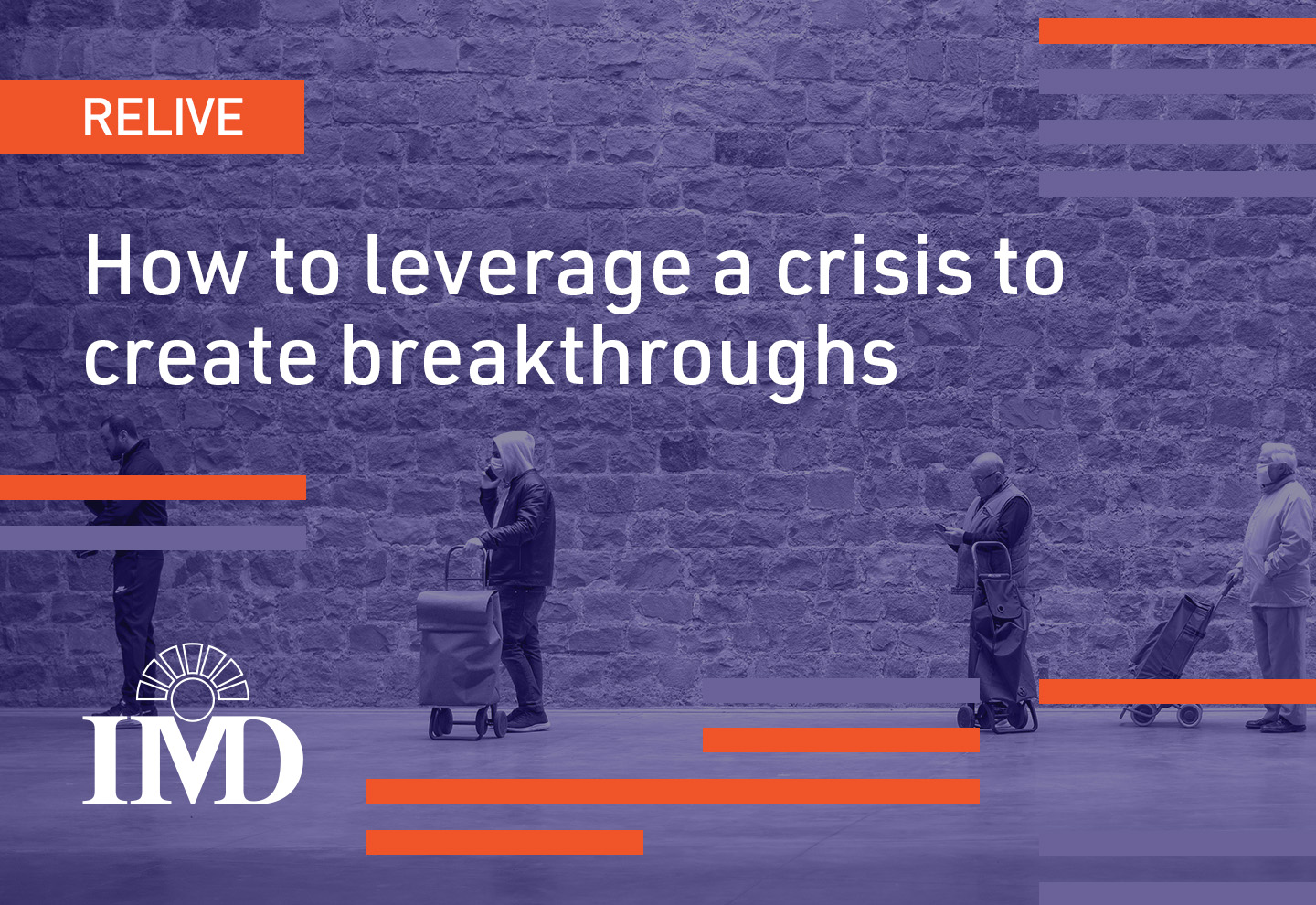After more than 150 years of creating electric light, heavier-than-air, flying machines, communications systems that span the world, enormous computer power that fits in our pockets, vaccines that have conquered age-old diseases, gone to the moon, and so many more amazing innovations, we have become, all too often, “the can’t do guys”!
It’s not so much that we have run out of ideas, but that we don’t even get started on the ideas we have. When, recently, I wrote a column entitled “Why we can’t innovate”, I was astonished at how many readers added their endorsement that “we see that here!”… and “here” was many different locations around the world. I now think that the condition of default helplessness in the face of innovation opportunity is more serious than I originally wrote.
It used to be that ideation was easy, and we all recognized that implementation was not; it was the difficult part. Today, what I am seeing is that in too many organizations we can’t even effectively ideate any more. What’s getting in the way? Legacy thinking! All of the instinctive responses that shield us from dreaming bigger through innovation.
I recently had an opportunity to work closely with several organizations that were in the midst of major business model and organizational change initiatives. They provided the perfect setting to observe legacy thinking as an impediment to innovation, and it was everywhere. It’s difficult, for example, to introduce the voice of the customer into innovation design conversations when the existing legacy organization has resulted in “our customer-facing people don’t have much conversation with the customer.” Similarly, legacy thinking thwarts innovation when the firm is benchmarking against peer competitors exclusively, and feeling no urgency for change as every incumbent in the existing industry is doing pretty much the same thing, in the same way, with the same type of people. In such instances, working harder, not different, is frequently seen as the default response to any unexpected market twitch. Legacy thinking feeds on expecting no surprises, and not acknowledging any surprises that do occur in the market as being significant.
Legacy thinking is also evident in the push-back that arises to any suggestions of disruption. A senior leader in one important market mentioned that “If it’s not broken, why do we have to change it?” was the most frequent reaction to any change suggestion. Curiosity appeared to be scarce as talented people obsessed over numbers that represented the present, not the future. An anticipated threat to any new idea from regulatory oversight became another reason not to think too hard about the future, recognizing that the regulators were even further behind the change curve than the incumbent market leaders, and thus even more reactive to change. This is a common belief in any regulated industry that I work with, and there are not many industries these days that don’t see themselves as being heavily regulated.
Product-, rather than customer experience-, focus is another case of legacy thinking that has recently led to profound industry disruption in a wide range of industries, including: ride mobility, cigarettes, photography, e-payments, e-reading and music-streaming, all of which are examples of disrupted industry segments where the incumbents could not tear themselves away from a product mentality, despite the very obvious loss of market share, and revenues, to previously unknown entrants whose business models addressed anything but the product. In so many of these cases, what one hears is “we are not ready yet,” as if disruption will take note of that and slow down in sympathy.
Organizational habits, and legacy thinking, are also deeply rooted in the traditions that characterize how work is performed. As the idea of increased cross-functionality emerged as being essential to the business model changes that one organization was considering, the comment was made “but, it takes so much effort to talk all the time.. and takes me away from what I do best, and is measured and valued.” The fact that this organization was highly action-oriented in its cultural appraisals only made this argument more resistant to change; these people were doers, and reflection and building new networks were not compelling ways to spend time even under the most favorable of situations.
The result of all of this was in the face of likely future market upheaval, presently successful leaders are prone to resort to reasons why “we can’t do this” as the default to any new idea that arises, no matter how interesting it might be. In addition, in the face of an unknown future, one HR group proposed the creation of talent roadmaps, highlighting knowledge, skills and capabilities, despite going into the unknown and not being able to even guess what these might be. Once again, legacy thinking was prevailing. The conclusion to all of this is that legacy thinking is easier than thinking about the unknown, even though it is an unlikely to succeed in extending the present, and distracts us from preparing for the future. Ironically, our present was built on being “can-do” and then succeeding in all sorts of innovation. It’s hard to see how “can’t do” will ever get us to where we want to be in the fast-arriving future.
Bill Fischer is Professor of Innovation Management at IMD, and co-director of the IMD-MIT/Sloan Driving Strategic Innovation Program.
This article was originally published on Forbes online.



